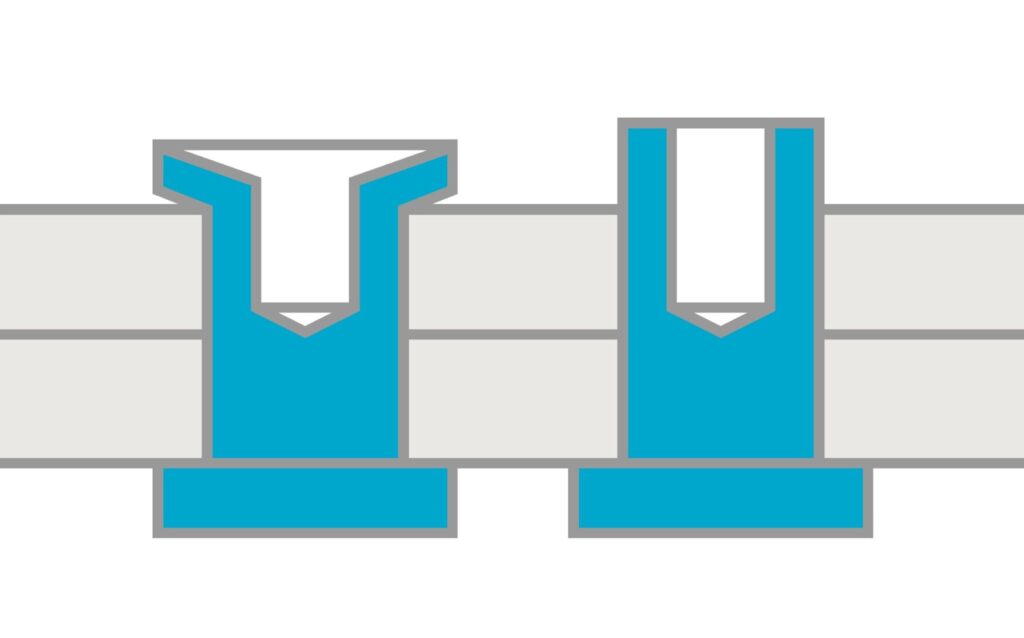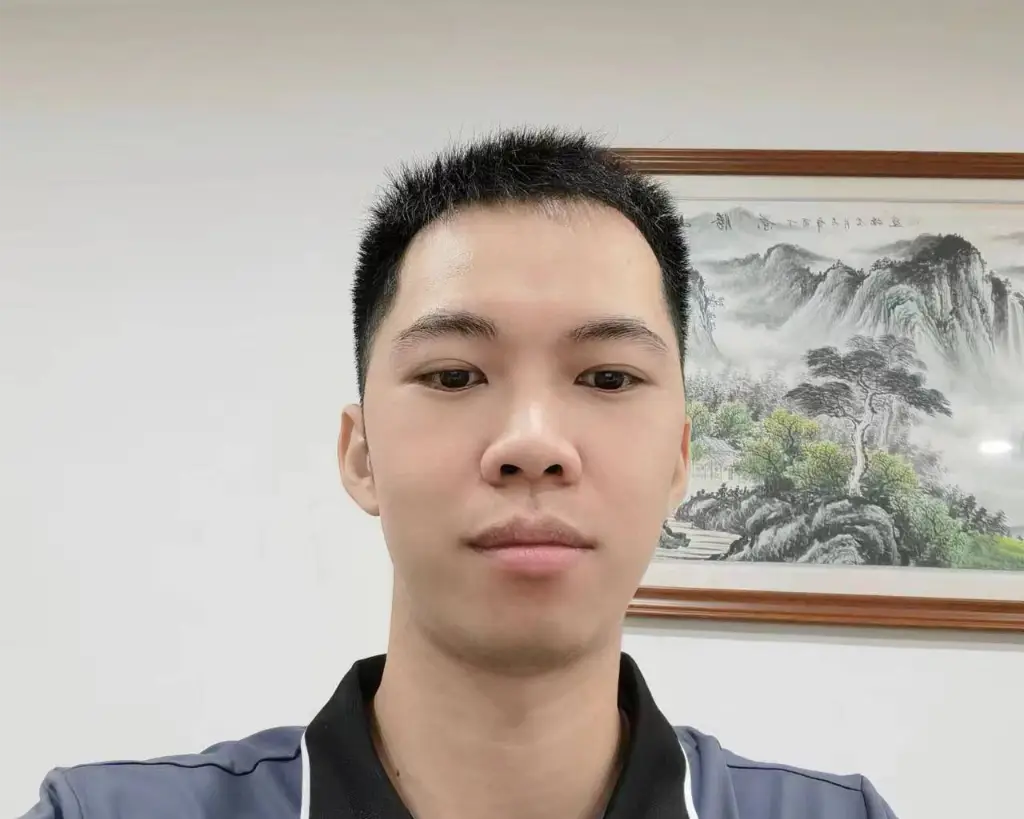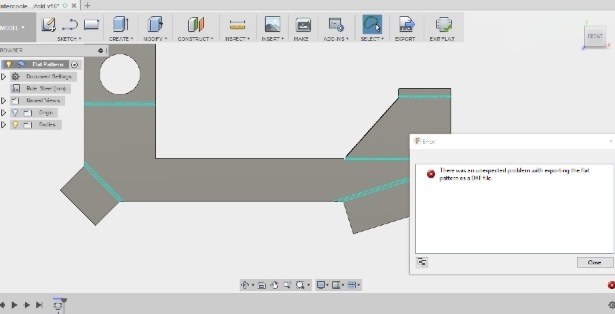When joining metal parts, it’s essential to choose a method that is both strong and cost-effective. Many industries face challenges in creating a reliable bond between metal components. Press riveting offers a solution. It allows pieces to be connected securely without the need for extra fasteners. This method is efficient and dependable, making it a popular choice for many applications.
Press riveting offers several advantages over other joining methods. It’s faster and more cost-effective than welding. Want to know how it compares to other methods? Let’s break it down.

What is the Press Riveting Joining Process?
The press riveting joining process fastens materials together by pressing rivets into holes. It involves placing a rivet in a pre-drilled hole and then applying pressure with a press machine. This causes the rivet to expand, creating a tight and permanent bond between the materials.
This method ensures a strong and durable bond without high heat or complex equipment. It’s commonly used in industries like automotive, aerospace, and electronics, where strength and precision are required.
How Does Press Riveting Work?
Press riveting creates strong, permanent joints in seconds. The process works in three simple steps, making it ideal for high-speed production lines.
Hole Preparation
First, drill matching holes in the materials you’re joining. The holes must align perfectly. Their diameter should be slightly larger than the rivet shaft but smaller than its head.
Rivet Insertion
Next, place the rivet into the pre-drilled holes. The rivet’s head stays on one side while the shaft passes through all layers. Choose rivet length based on total material thickness.
Pressing
Finally, a hydraulic or pneumatic press applies force to the rivet’s tail. This force flares the rivet, creating a second head that locks materials together. The joint becomes permanent and vibration-resistant.

Types of Riveting Methods
There are two main types of riveting methods: direct and indirect riveting. The choice between the two depends on the materials, the application, and the production needs. Let’s examine both methods in more detail.
Direct Riveting
Direct riveting is the most common and straightforward type of riveting. In this method, the rivet is placed directly into the material, and pressure is applied to expand the rivet and secure the joint.
This fast and efficient process is ideal for mass production environments where high-speed and high-volume assembly are needed.
Indirect Riveting
Indirect riveting involves an extra step. In this method, the rivet is first placed into a holder or fixture. The fixture helps position the rivet before it is inserted into the materials. It ensures the rivet is aligned correctly during the pressing phase.
Indirect riveting is used for more complex applications. It is helpful when extra precision is required or when the rivet needs to be placed in a difficult spot. This method allows for better control over the rivet’s insertion and expansion, creating a stronger bond.
Advantages of Press Riveting
Press riveting has many benefits that make it a popular choice for manufacturing. From strength and durability to cost savings, let’s look at the main advantages of using press riveting in production.
Strong, Durable Joints
One of the most significant advantages of press riveting is its ability to create strong and durable joints. The process makes sure that rivets expand correctly inside the materials, creating a secure, long-lasting bond.
Cost-Effectiveness of the Process
Press riveting is a cost-effective solution for many manufacturers. It doesn’t need expensive equipment or unique materials, making it more affordable than methods like welding. The process also reduces material waste because the rivets fit perfectly into pre-drilled holes.
Speed and Efficiency in Production
Press riveting is fast and efficient, allowing manufacturers to make large quantities of parts quickly. The process can be automated, which ensures consistent results every time. With press riveting, manufacturers can streamline their assembly lines and improve overall productivity.
Minimal Need for Post-Processing
Once the rivet is inserted and set, there’s usually little to no need for extra processing. The bonds made with press riveting are strong and often don’t need any finishing.
Requirements for Press Riveting
For a successful press riveting process, certain factors must be considered to ensure a strong, secure joint. Here are the key requirements for press riveting.
Pilot Hole Preparation
Pilot holes are essential for the press riveting process. These holes must be carefully drilled into the materials being joined. The size and placement of the holes must be precise to allow the rivet to fit correctly and expand as needed when pressure is applied.
If the hole is too large or small, it can cause a weak or uneven joint. For a successful riveting process, it’s essential to ensure the holes are positioned correctly and meet the required size.
Workpiece Material Properties
The properties of the materials being joined also play a significant role in the press riveting process. The materials need to be strong and thick enough to handle the pressure applied during riveting.
Softer materials, like aluminum, may require softer rivets or different materials to avoid damage. The materials should also be compatible with the rivet type being used. Different materials interact with rivets in various ways under pressure.
Considerations for Joint Geometry
The joint design is just as crucial as the rivet choice. The joint’s geometry, such as the number and placement of holes, needs to be carefully planned. This helps ensure the pressure from the rivet is spread evenly.
Irregular joint designs can lead to weak spots, making the rivet less effective. The design should also allow easy access for the riveting machine to insert and press the rivets properly.

Applications of Press Riveting
Press riveting is a versatile joining method used in a wide range of industries. Let’s examine its use in different sectors.
Automotive Industry
In the automotive industry, press riveting is commonly used to assemble car body parts, chassis components, and interior fixtures. The process ensures that the joints remain strong and reliable even under the stress and vibration typical in vehicles.
Aerospace Industry
The aerospace industry demands precision and strength, making press riveting an essential technique for joining materials in aircraft manufacturing. It is used to assemble fuselage, wings, and various internal components.
Electronics and Electrical Applications
Press riveting plays a key role in the electronics and electrical industries, where precise, secure connections are required. It is used to join components like circuit boards, battery cases, and connectors.
Consumer Goods and Appliances
Press riveting is used to assemble a wide variety of products in the consumer goods and appliances sector, from kitchen appliances to electronic devices. It provides a durable and cost-effective solution for joining metal parts, ensuring that the products are robust and long-lasting.
Comparison with Other Joining Methods
Choosing the right joining method impacts your product’s cost, strength, and production speed. Here is a comparison of press riveting with other joining methods:
Press Riveting vs. Welding
Both welding and press riveting create strong joints, but they work differently. Welding uses heat to melt and fuse materials. Press riveting, on the other hand, uses mechanical force to expand a rivet and join the materials without heat.
The main differences are in material compatibility and the risk of distortion. Welding can cause heat distortion, which is a problem for thin or sensitive materials. Press riveting doesn’t use heat, so it is less likely to damage materials.
Press Riveting vs. Adhesive Bonding
Adhesive bonding is another standard method of holding materials together. While adhesives can form strong bonds, they typically don’t match the strength or durability of press riveting, especially in high-stress situations.
Unlike adhesive bonding, press riveting doesn’t need curing time or special conditions. It can be used on many types of materials, including metals. Adhesive bonding is good for joining different materials or when a flexible bond is needed. Press riveting, in contrast, creates a more rigid, permanent connection.
Press Riveting vs. Mechanical Fastening
Mechanical fastening involves using screws, bolts, or other hardware to hold materials together. This method is secure, but it often requires extra parts and can take more time to install compared to press riveting.
Press riveting offers a quicker and more cost-effective way to join parts without needing additional components like nuts or bolts. However, mechanical fastening allows for disassembly, while press riveting creates permanent joints.
Conclusion
Press riveting is a reliable, efficient, and cost-effective method for joining materials in various industries. It offers strong, durable joints without the need for heat, making it ideal for lightweight materials and high-volume production.
If you’re looking for a fast, reliable, and cost-efficient joining solution for your next project, press riveting could be the perfect choice. Contact us today to learn more or to get a quote tailored to your needs.
Hey, I'm Kevin Lee

For the past 10 years, I’ve been immersed in various forms of sheet metal fabrication, sharing cool insights here from my experiences across diverse workshops.
Get in touch

Kevin Lee
I have over ten years of professional experience in sheet metal fabrication, specializing in laser cutting, bending, welding, and surface treatment techniques. As the Technical Director at Shengen, I am committed to solving complex manufacturing challenges and driving innovation and quality in each project.




